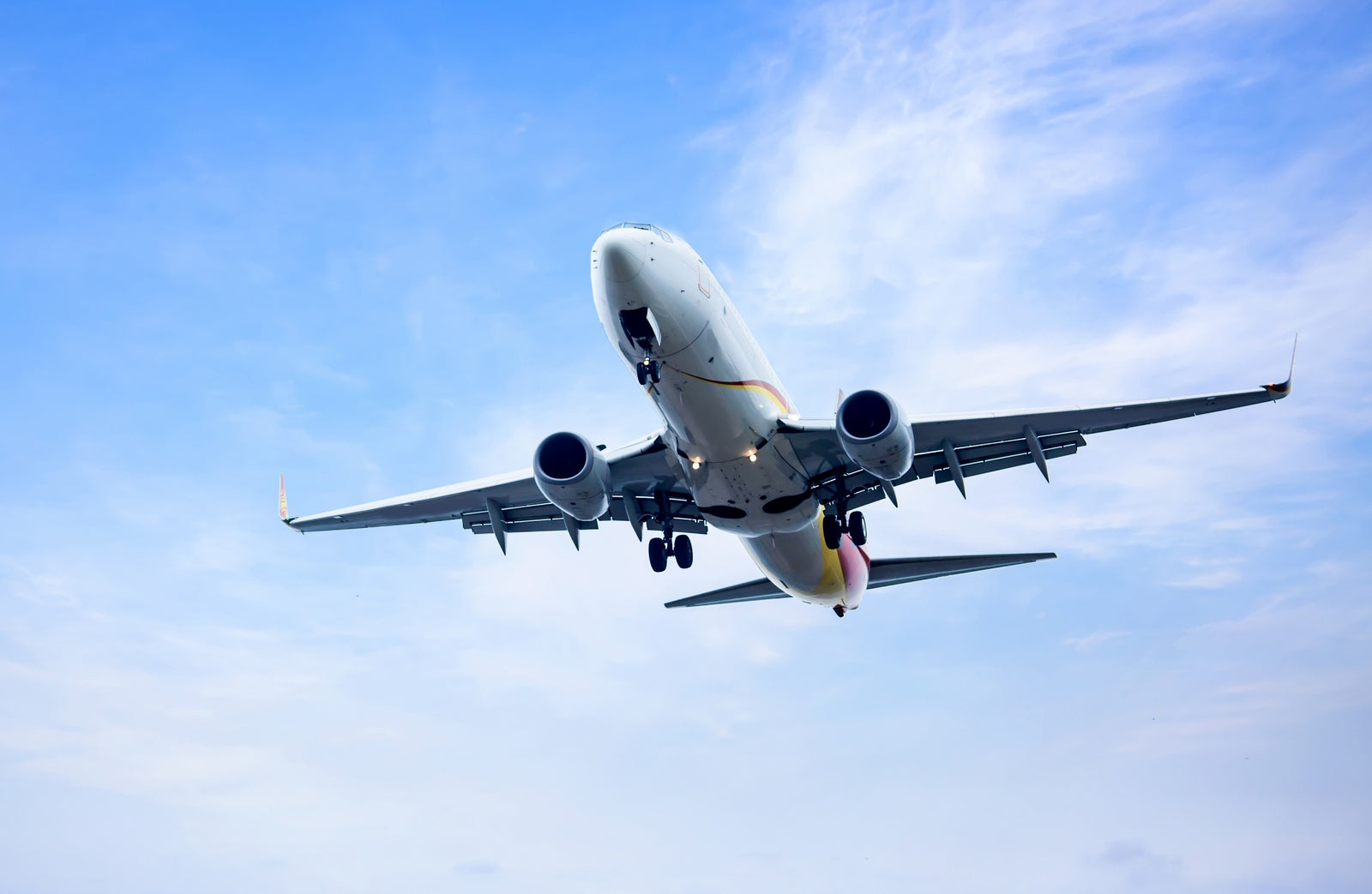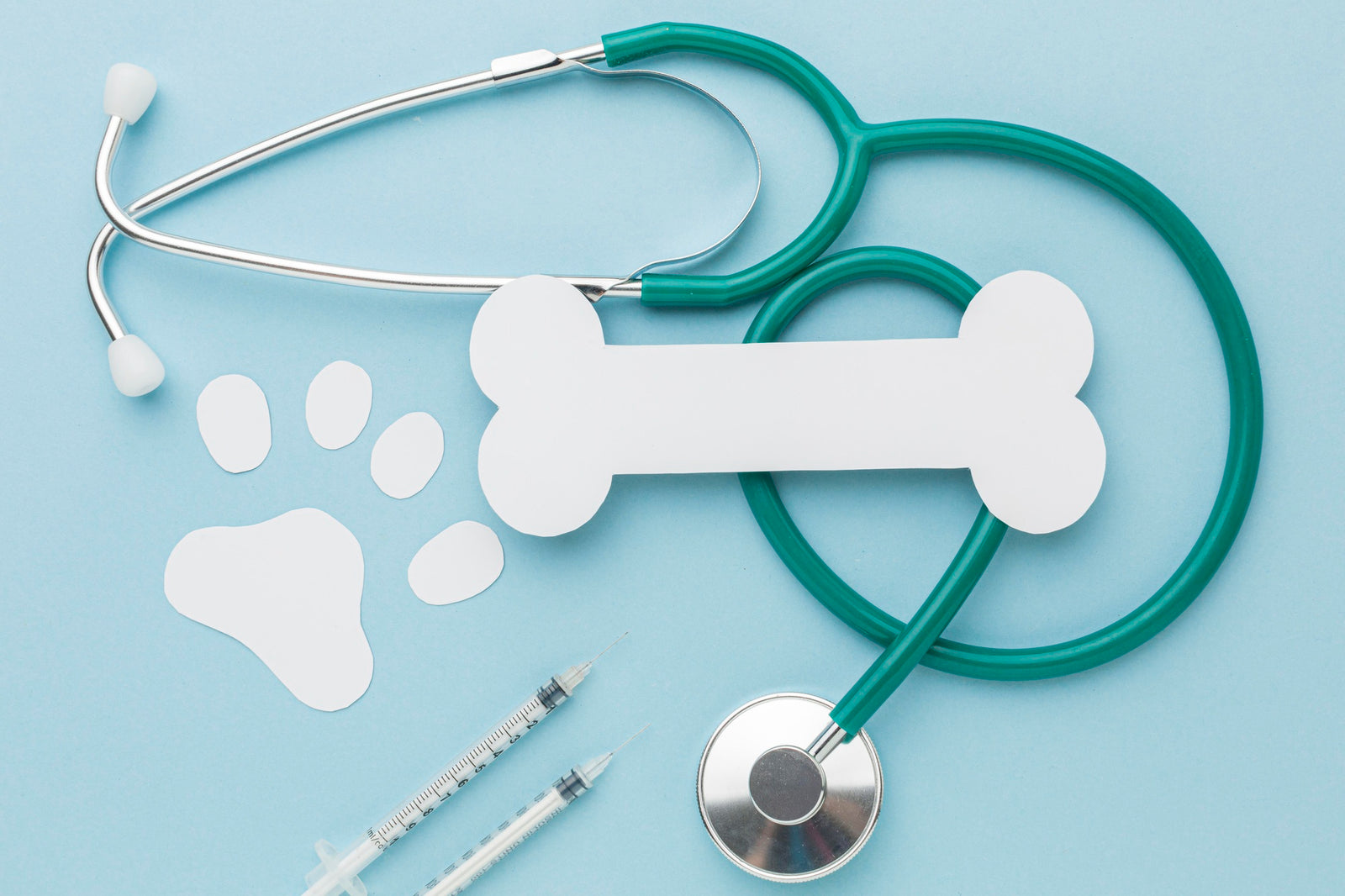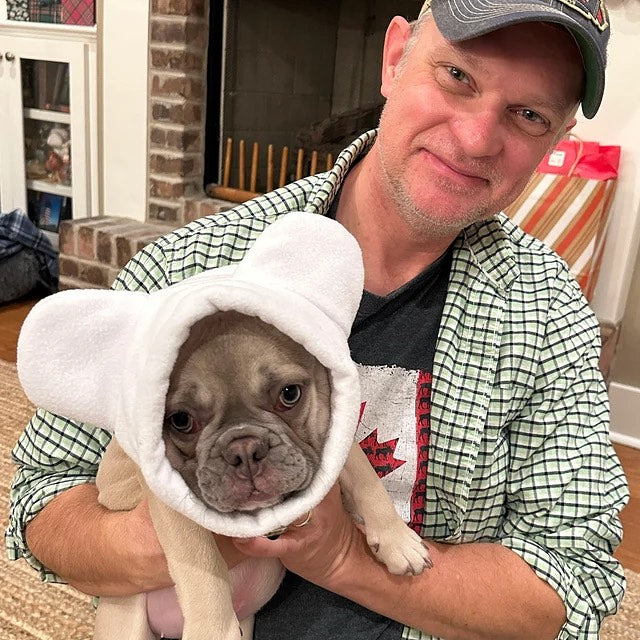Your Cart is Empty
🔥 CLOSE OUT SALE 🔥50% OFF sitewide use code clear final sale, no returns or refunds
🔥 CLOSE OUT SALE 🔥50% OFF sitewide use code clear final sale, no returns or refunds
🔥 CLOSE OUT SALE 🔥50% OFF sitewide use code clear final sale, no returns or refunds

Separation anxiety happens when a dog gets anxious when left alone. It is a serious condition and the leading cause of owners giving their dogs away to a rescue or the pound, however, there are many things you can do to help your pet get used to being left alone.
In general dogs with the worse separation anxiety are the breeds that love their humans and have a harder time being alone. They need to be around people and are very sensitive.
No wonder the Frenchie is one of the breeds with the worst separation anxiety. The French Bulldog was bred to be a lovable lap dog, it is within their genes to want to be around their humans at all times. Other breeds with similar characteristics may include: Toy Poodle, Bichon Frise, Cavalier King Charles Spaniels, Cocker Spaniel etc.
The Border Collie rank extremely intelligent of all breeds. For this reason they can get bored easily without mental stimulation. In addition Collies are high energy dogs and leaving them alone for long periods of time can lead to destructive behavior. Other breeds with similar characteristics may include: Jack Russell Terrier, Afghan Hound, Collie, German Pinscher, Boxer etc.
The Labrador Retriever is a very outgoing and social breed, which makes them struggle when left alone for long periods of time. They need time dedication and a lot of physical activities with their favorite human. The German Shepherd is much similar to the retriever. They do extremely well with mentally stimulating environment since they aim to please and are working dogs. Other breeds with similar characteristics may include: Australian Shepherd, Akita, Chinook etc.
Vizsla were bred to hunt with their humans. No physical activity can lead to destructive behavior and anxiety. Other breeds with similar characteristics may include: German Shorthaired Pointer, Great Dane, American Foxhound, Pointer etc.
Never lose your patience, never scold or punish a dog that is showing anxiety. If you do the dog might display worse symptoms of anxiety. As always let us know if you have any questions or concerns below.
Comments will be approved before showing up.



Helpful information on the French Bulldog dog breed.
We will also notify you with new releases and special offers.
Informational posts about French Bulldogs. Tips and helpful advice on the Frenchie breed and other breeds.
Sign up to get information & expert advice about pets' health and safety. We will also notify you with new releases and special offers.